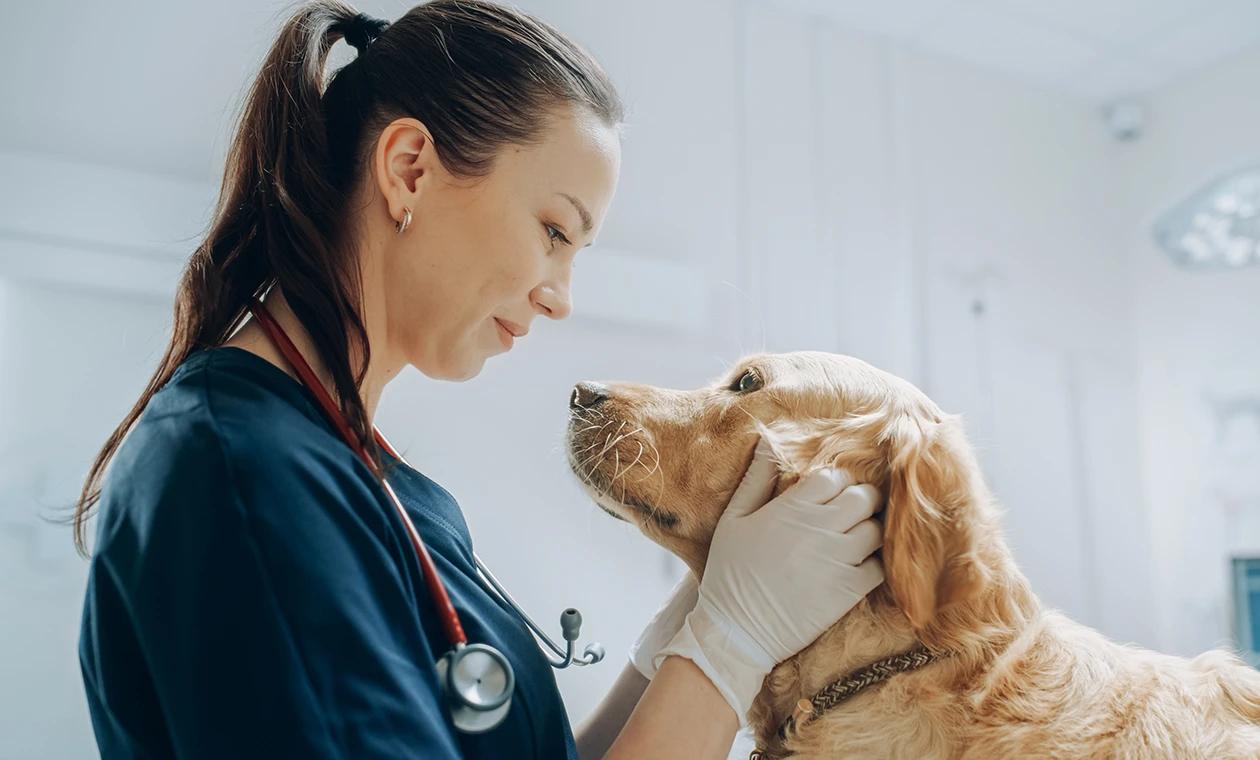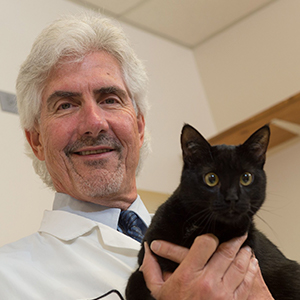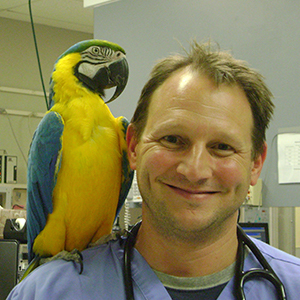

Recognizing and addressing anesthetic concerns efficiently and practically drives more individualized problem-based patient care. Every patient is unique, yet we find anesthetic protocols to match categories of patients having similar conditions and risk factors to address. Adopting this “problem-based anesthetic management” framework improves our approach to patients and hospital needs and must be done with value-added efficiency.
We give potentially lethal drugs to patients with severe injury and debilitating illnesses. We are rightly apprehensive, but now can successfully manage many patients who would not have had a reasonable chance just a few years ago. Problem-based case management reduces morbidity and mortality for our patients and significantly reduces stress in our hospitals every day. We’ll include a case-based discussion of potential problems for high-risk patients.
Feline OA is ubiquitous, especially as cats age. We have successfully managed canine OA pain for decades with improved health and life span, but therapy for OA pain in cats is challenging. There are options available now, and an excellent new treatment will soon be available.
With nearly 40% of dogs suffering from OA pain, developing an efficient and effective pain management program may seem difficult. However, we will discuss a canine OA pain.
management plans that include the entire veterinary healthcare team and allows us to diagnose sooner and monitor on a long-term basis. Treatment options including safe and effective anti-NGF monoclonal antibodies will be discussed.

Description coming soon…
Description coming soon…
Description coming soon…
Description coming soon…
Description coming soon…
Description coming soon…

We will cover common artifacts during Global FAST® which includes AFAST®, abdomen, TFAST®, which includes thorax – pleural space and heart, and Vet BLUE®, which includes lung, and their features that should be known and recognized by the sonographer to prevent misinterpretation of point-of-care ultrasound findings. These artifacts are broken down into air-related, fluid-related, curved-surface related, and reflectors as the author’s categories. By knowing how some of these artifacts are created and where they are most common, the probability of an accurate interpretation of ultrasound imaging findings is increased.
We will cover image acquisition for the 5-acoustic windows (views) of the AFAST exam and its “target-organ approach” to not only detect free fluid but also for obvious soft tissue abnormalities with clear advantages over physical exam, basic blood and urine testing, and radiography. Through the AFAST Approach and its 5 standardized views, the clinician “sees their problem list” and thus diagnostic and treatment plans are often more accurate and better streamlined. Applications are widespread and practical for all veterinarians including the general practitioner, the emergency veterinarian, and the clinical specialist.
We will cover AFAST and its abdominal fluid scoring system, its more recent “weak positive-strong positive modification” with its “small volume-large volume principles” for decision-making regarding fluid resuscitation, including blood transfusions versus crystalloids, and medical versus surgical clinical course. Patient subsets include trauma, blunt and penetrating, non-trauma, the collapsed patient, and post-interventional (The author’s published “T3” of AFAST -Trauma, Triage, Tracking). Our veterinary AFAST fluid scoring system that semi-quantitates ascitic volume has clear advantages for our patients over human medicine in which fluid scoring systems are not routinely used.
We will cover TFAST and its 5-view design for detecting pneumothorax; and pleural and pericardial effusion by using our set of TFAST rules. These rules are important to help avoid mistaking heart chambers for either type of effusion or heart anatomy for other abnormalities. Common causes for pericardial effusion in both dogs and cats will be covered. Overcoming “confirmation bias error” and “satisfaction of search error”, clinical imaging pearls, and advantages and limitations of TFAST as compared to radiography will also be discussed.
We will cover fundamental TFAST echocardiography views for obvious abnormalities of the left- and right-heart, general systolic dysfunction, volume status, and soft tissue abnormalities missed or only suspected by thoracic radiography. The EPIC Guidelines and their mandated echocardiography measurements will be detailed. Fundamental TFAST echocardiography has clear advantages over the radiographic cardiac silhouette; and can detect cardiac-related pathology including masses and intracardiac heartworms.
We will discuss the evolution of lung ultrasound beginning over 30-years ago in 1986 and some important findings that led to its clinical use in people and animals. Following the short introduction, we will review how to perform Vet BLUE and its 9 unique regional views, the lung ultrasound artifacts of “wet lung” versus “dry lung”, the novel Vet BLUE B-line scoring and its inherent severity scoring system for assessing and tracking respiratory patients, and its signs of consolidation – Shred, Tissue, Nodule, and Wedge Signs. Vet BLUE is advantageous as a unique and novel regional, pattern-based approach for developing a working diagnosis for common small animal respiratory conditions. Comparisons to radiography and computed tomography will be made discussing advantages and limitations of the Vet BLUE approach.
We will discuss beyond Vet BLUE image acquisition and “wet lung” versus “dry lung” artifacts of the first talk to introduce the Vet BLUE lung ultrasound signs of consolidation, e.g. Shred Sign, Tissue Sign, Nodule Sign, and Wedge Sign, referred to as the Vet BLUE Visual Lung Language. Our system has clear advantages over the esoteric “line system” and other veterinary lung ultrasound formats that are sliding and quadrant based.

In this session, we will summarize the American Heartworm Society canine and feline guidelines, including updates on diagnostics and treatment.
In this session, we will summarize the American Heartworm Society canine and feline guidelines, including updates on diagnostics and treatment.
In this session, we will discuss the unholy trinity: roundworms, hookworms and whipworms. We will also discuss flea tapeworm. Cases of potential resistance will also be discussed
In this session, we will discuss the unholy trinity: roundworms, hookworms and whipworms. We will also discuss flea tapeworm. Cases of potential resistance will also be discussed

Description coming soon…
Description coming soon…
Description coming soon…

Your ability to talk about money is integral to patient care, client satisfaction, and practice success. Project confidence through your body language. Learn how to explain treatment plans and use teaching tools. Get scripts to talk about the cost of care. Ask for signed consents for treatments and emergencies. Discover options when clients can’t afford care.
When one client runs late, your schedule gets derailed, and your medical team feels rushed. Train clients to be on time using a series of confirmations with pre-appointment instructions and this late policy. Also get options to provide care when clients show up late.
No-shows can cost your practice $66,000 per doctor per year in lost business. End this rude and costly client behavior with four strategies that will get immediate results. Learn when to send appointment confirmations and what they should say. Have clients to complete online forms in advance to secure their appointments. Contact clients with unconfirmed appointments with these scripts and texts.
Appointments are overloaded, you’re operating short-staffed, and now a jerk client is yelling at you. Again. Your team needs conflict-resolution strategies to save your sanity and rescue client relationships. Learn how to apply seven strategies in two client scenarios: When bloodwork is overdue for a medication refill and when a client has a sick pet that needs to be seen today.

This talk will review how urine is concentrated, mechanisms for PUPD, and how to develop a tiered diagnostic plan for a dog or cat with PUPD.
Proteinuria is a common problem encountered in general practice. Early, successful management of proteinuria can dramatically improve patient outcomes. This talk will focus on the role of diet, angiotensin-receptor blockers, and immunosuppression in select cases from “the consult line”.
This talk will review the IRIS grading system for acute kidney injury, as well as the diagnostic and therapeutic approach to the management of AKI. A case example will be used to highlight key concepts.

Cats are stable until they aren’t. The dyspneic cat is a truly unstable patient in need of immediate stabilization and diagnostic evaluation to guide treatment. This session will use a case series to review the radiographic findings of common causes of dyspnea in cats, including heart failure, pleural effusion, and inflammatory airway disease. Strategies for acquiring radiographs safely and correlating radiographic findings to thoracic point-of-care ultrasound findings will also be discussed.
While left sided congestive heart failure is a common respiratory emergency, many animals are misdiagnosed with this condition due to the overlapping radiographic appearance of other respiratory emergencies. This session will use a case series to review the radiographic diagnosis of non-cardiogenic pulmonary edema, chronic lower airway disease, pulmonary hypertension, pulmonary thromboembolism, atypical appearing metastatic neoplasia, and pulmonary hemorrhage.
A rapid diagnosis is essential for a positive outcome in most cases of abdominal organ torsions. This session will review the radiographic features of common and less common organ torsions encountered in small animal medicine, such as gastric dilatation and volvulus (GDV), colonic torsion, splenic torsion, and mesenteric volvulus. Tips will be shared for differentiating GDV, 360-degree GDV, and GD without volvulus. Ancillary diagnostics will also be discussed for use when radiographic findings are not definitive, such as pneumocolonogram for colonic torsion and ultrasound for splenic torsion.
Mechanical gastrointestinal obstructions are an important differential in dogs and cats with an acute history of vomiting. In this session, a case-based review will be used to illustrate the key radiographic findings of pyloric outflow, small intestinal, and linear foreign body obstructions. Nine tips and tricks for maximizing radiographic yield before moving on to ultrasound will also be reviewed, such as the importance of a left lateral projection, pneumogastrogram, pneumocolonogram, and compression radiography.

This session will discuss the diagnosis and clinical management of dogs with clinical signs secondary to degenerative mitral valve disease. This includes management of signs of cough, acute/severe heart failure, and advanced, refractory disease. It will provide a summary of recent clinical trials results evaluating pharmacologic treatment of dogs with mitral valve disease, emphasizing strategies for the primary care veterinarian.
This session will review key clinical findings in dogs affected with a cardiomyopathy. It will discuss the diagnosis of dilated cardiomyopathy and arrhythmogenic right ventricular cardiomyopathy. It will highlight clinical management of dogs with heart failure secondary to a cardiomyopathy. It will also discuss clinical management of tachyarrhythmias in dogs with a cardiomyopathy including if or when treatment is indicated.
This session with guide the primary care practitioner in the approach to a cat with an incidental heart murmur. It will discuss when referral for an echocardiogram is ideal and when or if empirical treatment should be started. Treatment of cats with subclinical HCM will be reviewed. Lastly, it will discuss assessing anesthetic risk in cats with a heart murmur.
This session will review the diagnosis of various cardiomyopathies in cats, including hypertrophic cardiomyopathy. It will discuss when and if treatment is necessary in cats with HCM. It will review the clinical diagnosis and heart failure and arterial thromboembolism and discuss their respective clinical management strategies.